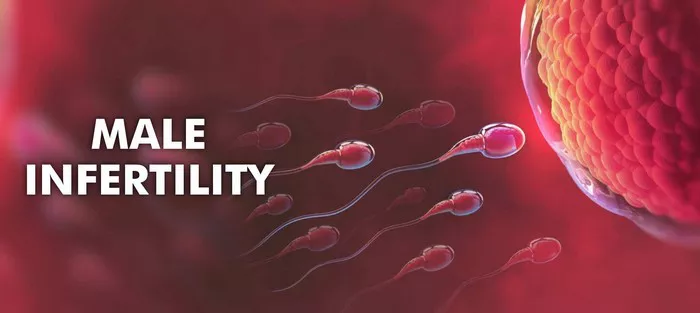The prospect of starting a family is a cherished dream for many couples. However, when faced with the challenge of low sperm count, it’s natural to wonder: can you still get a girl pregnant? In this article, we’ll unravel this perplexing question, exploring the dynamics of fertility and the role that sperm count plays in the conception process.
Understanding the Basics: The Role of Sperm in Conception
Before delving into the specifics of low sperm count, it’s essential to understand the mechanics of conception. When a man ejaculates, millions of sperm are released into the woman’s reproductive tract. These sperm swim through the cervix and uterus, ultimately reaching the fallopian tubes where fertilization occurs. If a viable sperm successfully fertilizes a woman’s egg, pregnancy can result.
The Influence of Sperm Count: Quantity vs. Quality
While sperm count certainly plays a significant role in fertility, it’s not the only factor at play. Think of it like baking a cake – while having enough flour is essential, the quality of the flour and other ingredients also matters. Similarly, having a higher sperm count increases the likelihood of sperm reaching and fertilizing an egg, but other factors such as sperm motility (ability to swim) and morphology (shape and structure) also contribute to fertility.
The Probability Factor: Chances of Pregnancy with Low Sperm Count
When it comes to the probability of pregnancy with low sperm count, it’s essential to consider several factors that can influence the likelihood of conception. While low sperm count decreases the chances of fertilization compared to a higher sperm count, it doesn’t necessarily mean that pregnancy is impossible. Let’s delve deeper into the probability factor and explore how various elements come into play:
1. Sperm Quality:
While sperm count is crucial, the quality of sperm also significantly impacts fertility. Even with a lower sperm count, if the sperm present are healthy, motile (able to swim effectively), and have normal morphology (shape and structure), they stand a better chance of reaching and fertilizing the egg.
2. Timing of Intercourse:
Timing intercourse during the woman’s fertile window – typically around ovulation – is crucial for maximizing the chances of conception. Even with low sperm count, having intercourse during this period increases the likelihood of sperm being present in the reproductive tract when the egg is released.
3. Sperm Motility:
Sperm motility refers to the ability of sperm to move effectively through the female reproductive tract to reach the egg. Even if sperm count is low, if a significant percentage of sperm are motile, they have a better chance of successfully navigating the journey to fertilization.
4. Female Factors:
It’s important to consider the woman’s reproductive health as well. Factors such as the quality of the woman’s eggs, the patency of her fallopian tubes, and the overall health of her reproductive system can influence the chances of conception.
Navigating the Challenges: Strategies for Conception with Low Sperm Count
Couples facing low sperm count may feel disheartened, but there are several strategies they can explore to maximize their chances of pregnancy:
Timing Intercourse:
Understanding the woman’s menstrual cycle and timing intercourse during her fertile window can help optimize the chances of sperm reaching the egg. Using ovulation prediction kits or fertility tracking apps can aid in identifying the most fertile days.
Healthy Lifestyle Choices:
Making healthy lifestyle changes, such as maintaining a balanced diet, exercising regularly, avoiding tobacco and excessive alcohol consumption, and managing stress, can positively impact sperm health and fertility.
Medical Interventions:
In cases where low sperm count significantly impacts fertility, couples may consider assisted reproductive techniques such as intrauterine insemination (IUI) or in vitro fertilization (IVF). These procedures involve collecting sperm and directly inserting it into the woman’s uterus or fertilizing the egg in a laboratory setting.
Seeking Professional Guidance: Consulting with a healthcare provider specializing in reproductive health can provide valuable insights and guidance tailored to the couple’s specific situation. Fertility evaluations can help identify underlying issues and determine the most appropriate course of action.
Conclusion:
In conclusion, while low sperm count can present challenges to conception, it doesn’t necessarily preclude the possibility of pregnancy. By understanding the dynamics of fertility, exploring various strategies, and seeking professional guidance, couples can increase their chances of conceiving even in the face of low sperm count. Like navigating a winding road, the journey towards parenthood may have its twists and turns, but with perseverance, support, and the right approach, the destination of parenthood is within reach.
























